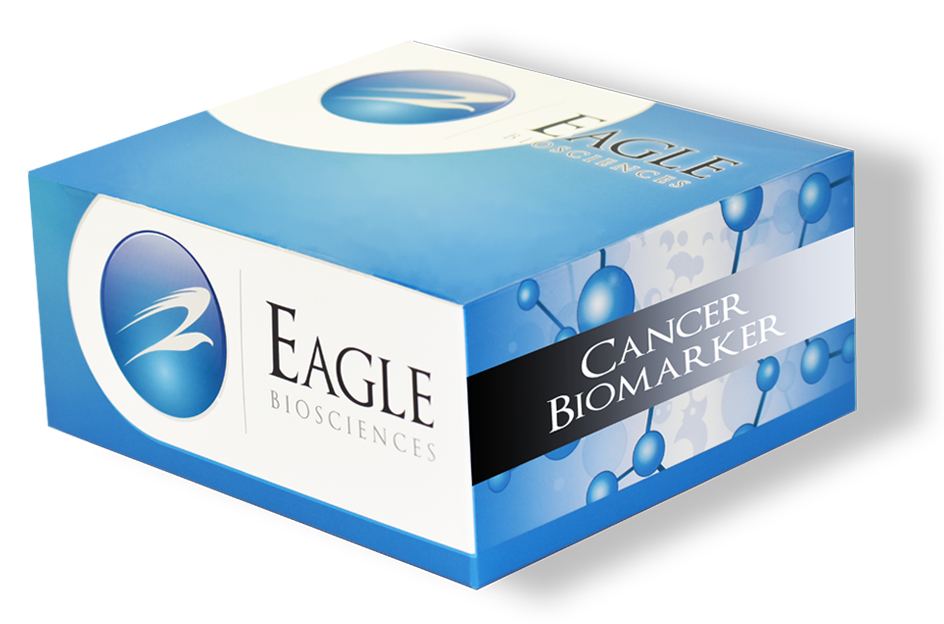Matriptase ELISA Assay Kit
The Matriptase ELISA Assay Kit is For Research Use Only
Size: 1×96 wells
Sensitivity: 2.0 ng/ml
Dynamic Range: 2 – 512 ng/ml
Incubation Time: 2.5 hours
Sample Type: Serum
Sample Size: 100 µL
Alternative Names: TADG-15
Assay Principle for Matriptase ELISA
The Matriptase (TADG-15) ELISA kit is based on the principle of a solid phase enzyme-linked immunosorbent assay. The assay system utilizes a monoclonal antibody directed against a distinct antigenic determinant on the intact Matriptase molecule for solid phase immobilization (on the microtiter wells). Standards, calibrators, and patient samples are incubated with the solid phase antibody on the plate. Wells are then washed and incubated with a biotin conjugated anti-Matriptase monoclonal antibody. After a second wash Streptavidin conjugated to HRP is added as a reporting agent. Excess streptavidin-HRP is then washed off and a solution of TMB Reagent is added and incubated resulting in the development of a blue color if Matriptase is present. The color development is stopped with the addition of Stop Solution changing the color to yellow. The concentration of Matriptase is directly proportional to the color intensity of the test sample. Absorbance is measured spectrophotometrically at 450nm.
Related Products to Matriptase Assay
MMP-7 ELISA Assay
Secretory Leukocyte Peptidase Inhibitor Protein ELISA Assay Kit
KLK8 ELISA


